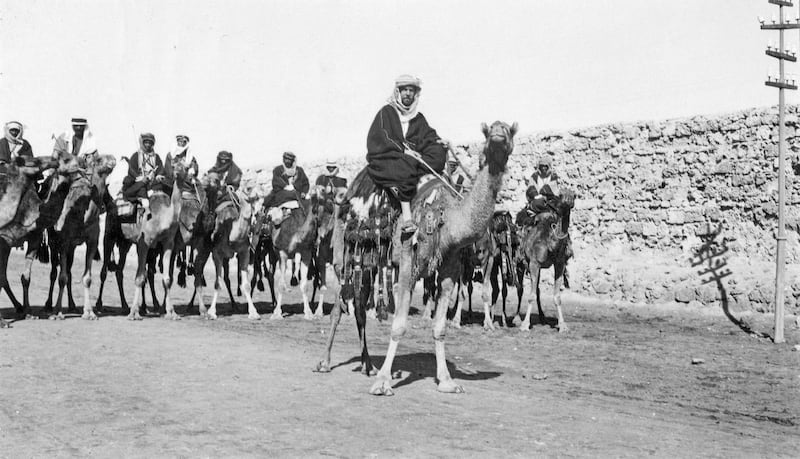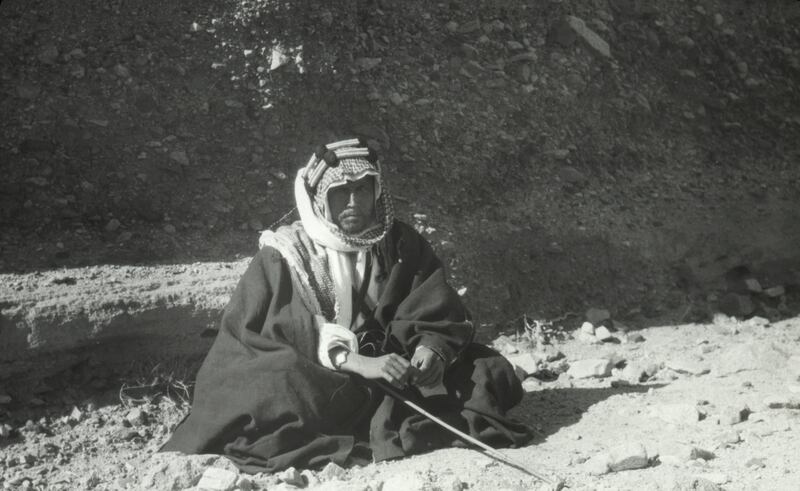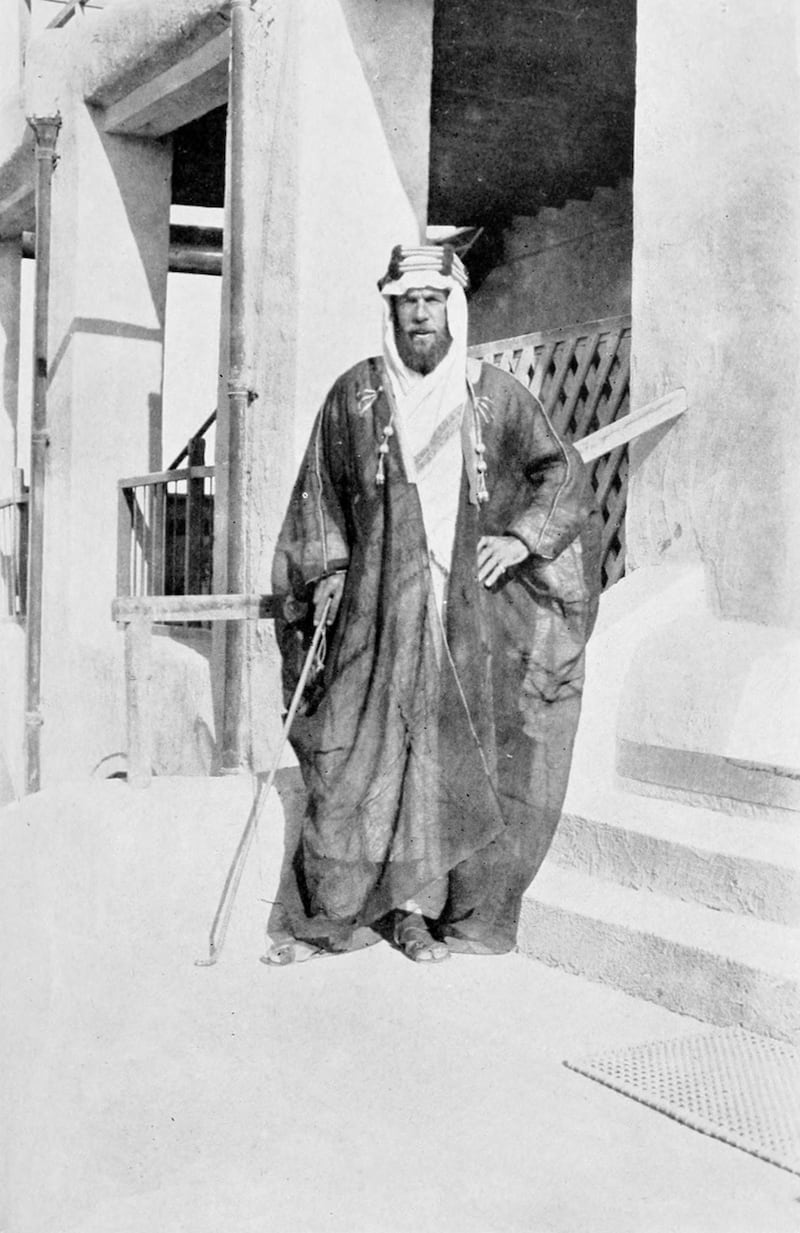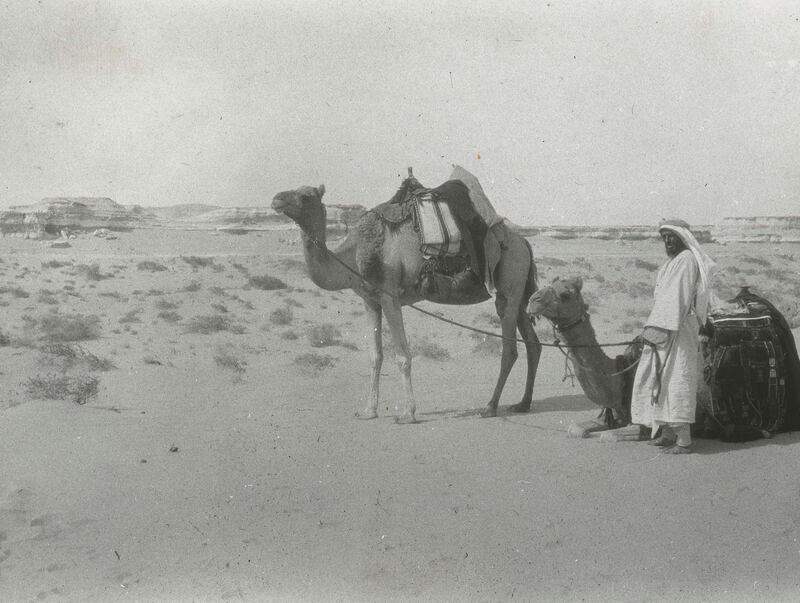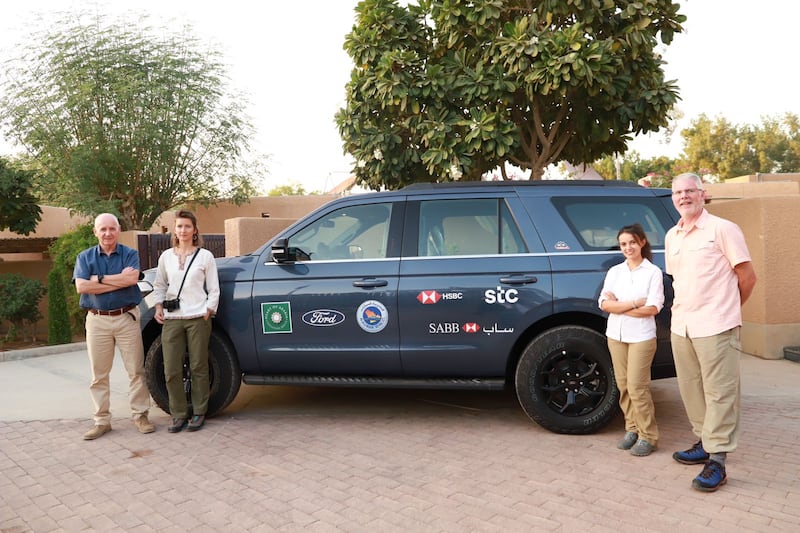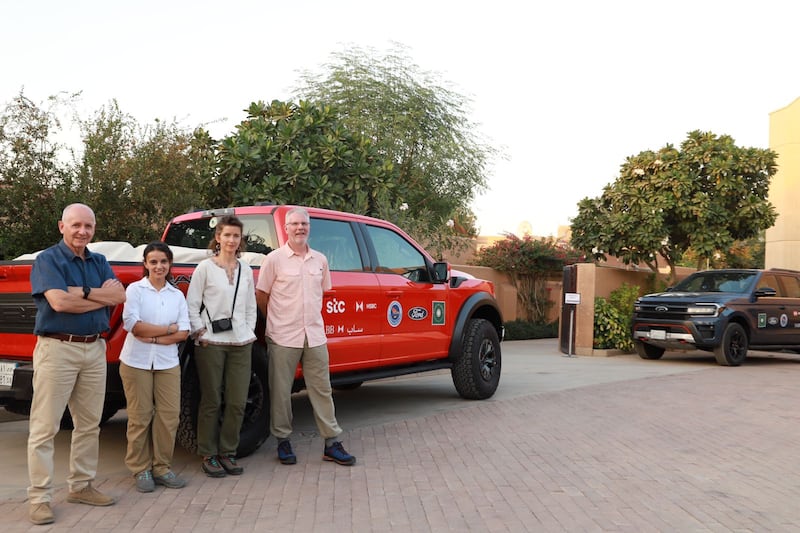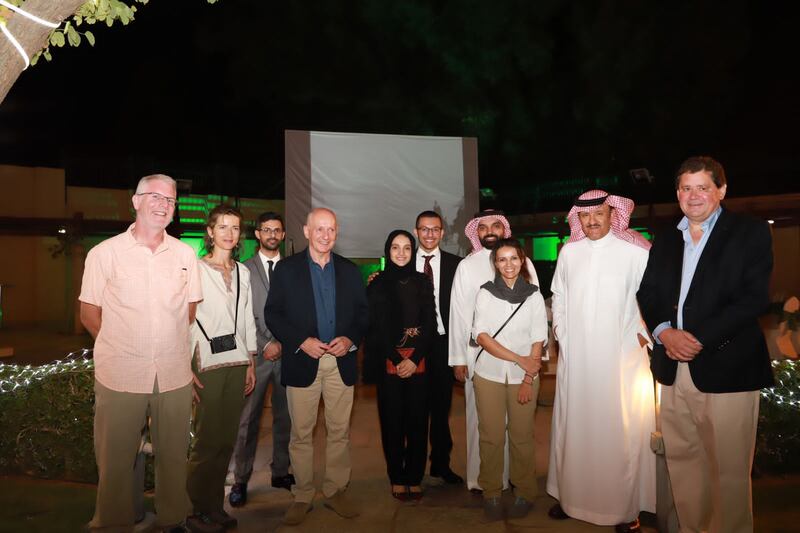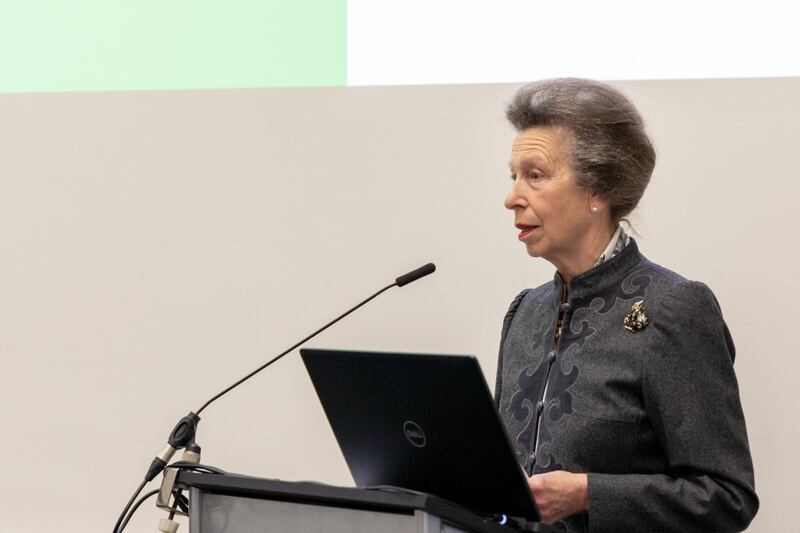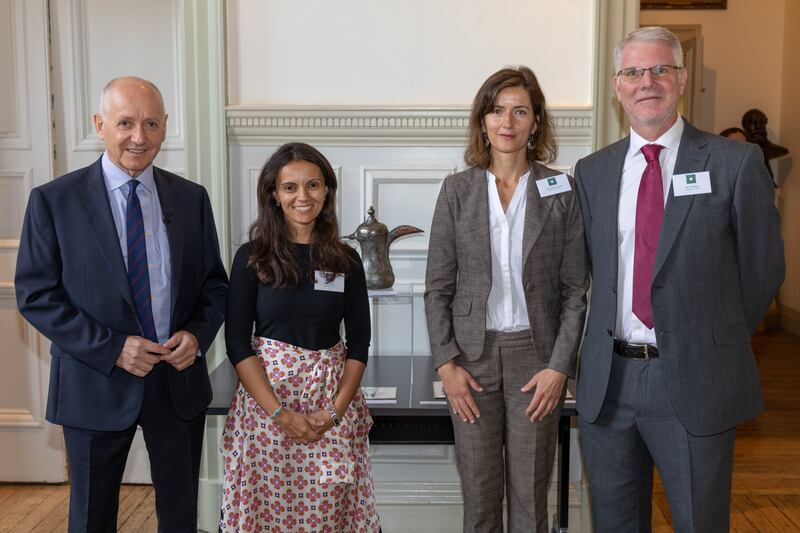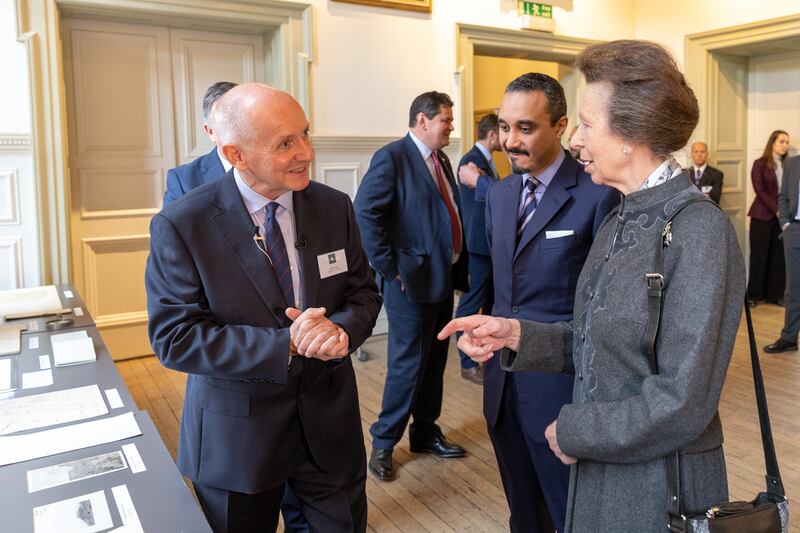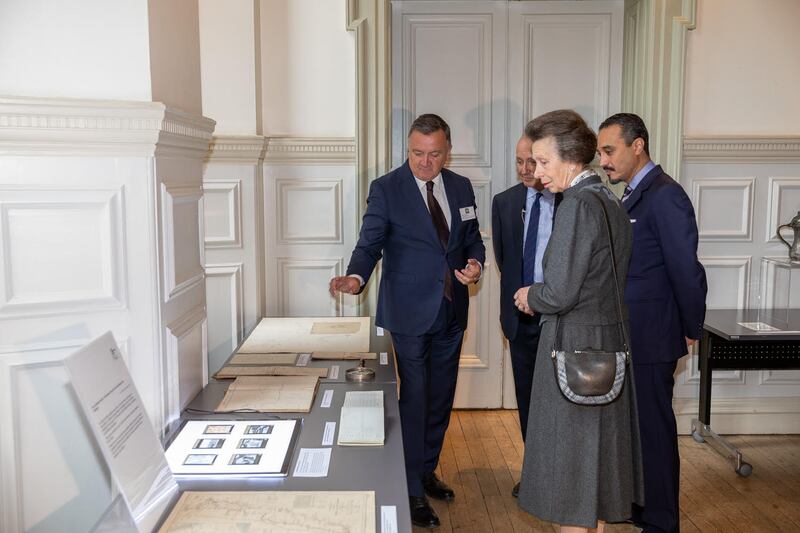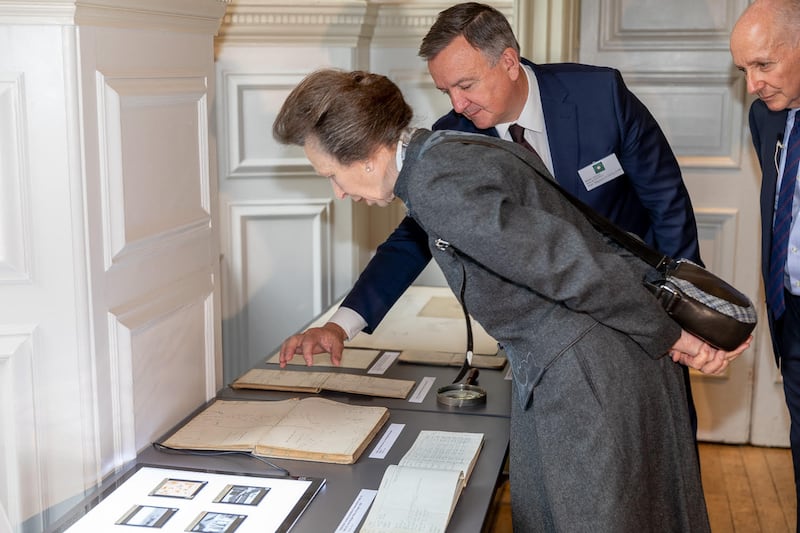Latest: Heart of Arabia expedition arrives in Riyadh after two weeks in the desert
A team of explorers set off on the first stage of their 1,300km expedition across Saudi Arabia on Tuesday.
The Heart of Arabia expedition is led by veteran British explorer Mark Evans and inspired by the British explorer Harry St John Philby, who crossed Arabia by foot and camel in 1917.
“We're trying to tell a story of Philby, an incredible man who has been overlooked, and to inspire more people to journey with purpose,” Mr Evans told The National before embarking on the trip.
The team are following the route Philby took across the Arabian Peninsula, from the fishing village of Al Uqair in the east, to Jeddah on the western coast.
The journey will take the group across the kingdom's vast deserts, where temperatures can exceed 40°C during the day and drop below minus 5°C at night.
Mr Evans, who leads the group Outward Bound Oman, will be joined by photographer Ana-Maria Pavalache, logistics head Alan Morrissey, and Saudi explorer Reem Philby, who is the granddaughter of the man who crossed Arabia 105 years ago.
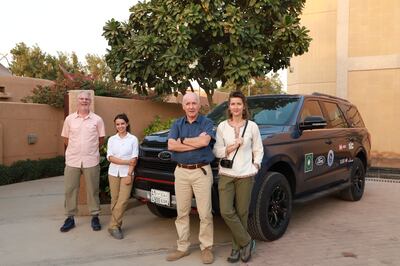
They will be mainly travelling by foot and camel, but also have access to two support cars, lent to the expedition by Al Jazirah Ford.
The cars are packed full of fuel, food and specialist desert equipment including sand ladders and six types of rope in case they get stuck in the sand dunes.
The vehicles will also allow the team to take a detour from Philby’s route to visit the remote Al Wabar craters, known as Al Hadida or “the place of iron” to local Bedouin.
Philby visited the craters on a separate trip in 1932 in search of the lost desert city of Ubar.
Despite the availability of modern technology such as cars and mobile phones, the team are keen to embrace the desert as much as possible and will be sleeping under the stars each night.
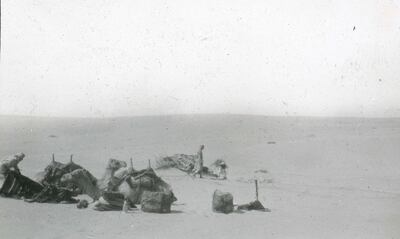
They will also be gathering data for scientific purposes, following the example set by Philby, who provided valuable information about the geography and landscape of central Arabia that shaped British maps of the area.
He published a detailed account of the journey in his 1922 book, Heart of Arabia, after which the expedition is named.
The team will be looking for archaeological artefacts for the Green Arabia project, and using a “bat locator” to monitor the distribution of fruit bats, which play a crucial role in the cross-pollination of dates.
“This is not a journey to be the first or the fastest, or just to say we've followed this route,” Mr Evans said.
“We're doing what Philby would have been proud of, I believe, which is collecting field data and using that to support the great work of the scientists.”
The trip has the support of the Royal Geographical Society and its patron Princess Anne, who officially launched the expedition in September, and Saudi Arabian authorities.
“‘This expedition highlights the historic and enduring relationship between our two kingdoms,” said the British ambassador to Saudi Arabia, Neil Crompton, who hosted an event for the team on the night before they left for Al Uqair.
“It will build on our understanding of the desert and of Saudi Arabia and celebrate our history.”
Saudi Prince Sultan bin Salman, the first Arab into space, attended the event and wished the team good luck on their expedition.
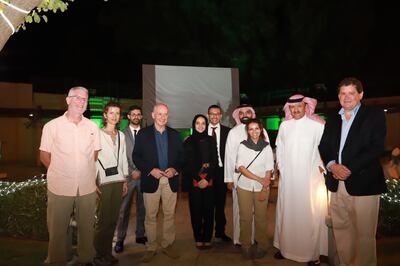
The expedition also aims to display Saudi exploration and encourage more people to get involved in outdoor activities.
“I think it is important that kids today are not deprived of the opportunity to spend time in the outdoors and in nature, being uncomfortable, dealing with harsh weather and sleepless nights from time to time, because I am a strong believer that these experiences shape more open-minded, humble and stronger adults in the future,” Ms Philby said.
She said it was great to see her grandfather's legacy being continued by his family.
“We’re trying to use the expedition to open people's eyes a bit to look beyond the headlines when they look at the Middle East, and especially Saudi Arabia, because geographically it is the most extraordinary country,” Mr Evans said.
“We want to inspire the next generation of Philbys and encourage young people to journey with purpose.”
The expedition is split into two legs. The first stage is set to end when the team reaches Riyadh on November 30.
They will then rest in Riyadh, as Philby did, before leaving from nearby Old Diriyah on January 15, aiming to arrive in Jeddah on January 30.
